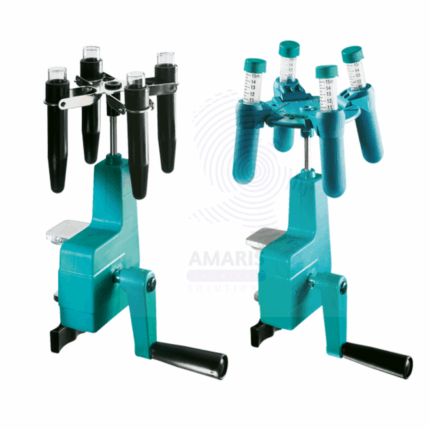
centrifudge manual
$5,000.00 Original price was: $5,000.00.$4,500.00Current price is: $4,500.00.
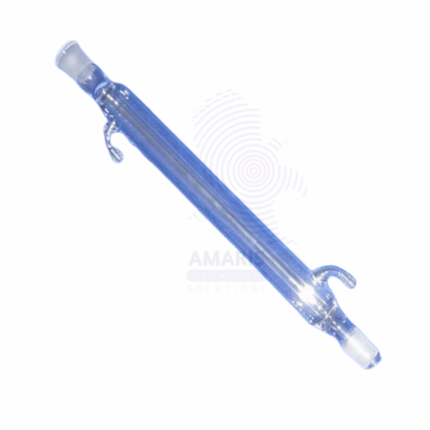
Condenser liebig
$1,400.00 Original price was: $1,400.00.$1,200.00Current price is: $1,200.00.
Charles law apparatus
$5,000.00 Original price was: $5,000.00.$4,500.00Current price is: $4,500.00.
Whatsapp Order
The Charles’ Law apparatus is designed for laboratory demonstrations of how the volume of a gas changes in response to temperature variations while maintaining constant pressure. It provides an effective visual and quantitative way to validate Charles’ Law, showing the direct relationship between volume and temperature, and is often used to estimate absolute zero in experiments.
SKU:
ACS98463CHEM0
Category: LABORATORY EQUIPMENT & APPARATUS
Description
Table of Contents
ToggleUses of Charles law apparatus
1. Demonstrating Charles’ Law
- The apparatus is used to show the direct relationship between temperature and volume. By heating a gas (typically air) in a sealed tube or cylinder, students can observe the increase in volume as the gas expands with rising temperature. This directly confirms Charles’ Law.
2. Measuring Gas Expansion
- In experiments, the apparatus allows scientists to accurately measure how the volume of a gas changes when subjected to different temperatures. It typically includes a graduated tube to quantify the expansion or contraction of gas, helping calculate proportional changes.
3. Determining Absolute Zero
- One of the key educational uses of the Charles’ Law apparatus is in experiments aimed at determining absolute zero, the theoretical temperature at which a gas would have zero volume. By extrapolating a graph of volume versus temperature, absolute zero can be estimated.
4. Studying Thermal Expansion of Gases
- The apparatus is useful for understanding the concept of thermal expansion. By manipulating temperatures, the apparatus helps demonstrate how gases expand when heated and contract when cooled.
5. Validating Gas Laws
- The Charles’ Law apparatus is often used alongside other experiments related to the ideal gas laws, such as Boyle’s Law and Gay-Lussac’s Law, to give students a comprehensive understanding of gas behavior under varying conditions of pressure, temperature, and volume.
6. Educational Tool in Thermodynamics
- It is commonly used in physics and chemistry labs to teach the principles of thermodynamics. Students can manipulate variables and observe results firsthand, enhancing their understanding of gas laws and their practical applications.
Reviews (0)
Be the first to review “Charles law apparatus” Cancel reply
Related products
Atomic Model Set
$0.01
A lab atomic model set is a collection of physical models and materials designed to represent the structure of atoms and molecules. It is commonly used in educational and scientific laboratory settings to visually demonstrate the arrangement of protons, neutrons, and electrons within an atom, as well as the bonding patterns between atoms in molecules. These sets typically include colored balls of various sizes representing different types of atoms, as well as connectors or magnets to simulate chemical bonds between them. The purpose of these sets is to help students and researchers better understand the principles of atomic and molecular structure in a tangible and interactive way.
Barometer tubes
$0.01
A barometer tube is a slender, sealed, and typically transparent tube used in barometers to measure atmospheric pressure. It is usually filled with a liquid, often mercury, but sometimes water or another fluid, which rises or falls within the tube in response to changes in atmospheric pressure. The height of the liquid column in the tube serves as an indicator of the current atmospheric pressure, with higher pressure causing the liquid to fall and lower pressure causing it to rise. This measurement helps in predicting weather changes and understanding atmospheric conditions.
beaker pyrex
A glass beaker is a cylindrical, open-top container made of glass, typically with graduated volume markings on its side. It is commonly used in laboratories for holding, mixing, and heating liquids, as well as for performing various experiments and chemical reactions. Glass beakers come in various sizes and are designed to provide easy observation of the contents and to withstand temperature changes without significant deformation or chemical interaction with the substances being used.
Beaker Simax
$0.01
A glass beaker is a cylindrical, open-top container made of glass, typically with graduated volume markings on its side. It is commonly used in laboratories for holding, mixing, and heating liquids, as well as for performing various experiments and chemical reactions. Glass beakers come in various sizes and are designed to provide easy observation of the contents and to withstand temperature changes without significant deformation or chemical interaction with the substances being used.
Bell Jar with knob
$0.01
The best definition of a bell jar apparatus is a scientific instrument used in laboratories to create a controlled environment for various experimental purposes, such as studying the behavior of gases, conducting vacuum experiments, or demonstrating principles of physics and chemistry. It consists of a glass or transparent plastic container shaped like a bell, which can be sealed to create a vacuum chamber. The apparatus allows researchers to manipulate and observe the interactions of substances or objects within the vacuum or controlled atmosphere, often enabling investigations that wouldn't be possible under standard atmospheric conditions.
Bernoulli Tube Apparatus
$0.01
The Bernoulli tube apparatus, also known as a Venturi tube apparatus, is a scientific device used to demonstrate the principles of fluid dynamics, particularly the Bernoulli's principle. It consists of a specially shaped tube with a constricted region, often referred to as a Venturi section. When fluid (liquid or gas) flows through the tube, the constricted section leads to changes in pressure and velocity according to Bernoulli's principle, which states that as the velocity of a fluid increases, its pressure decreases and vice versa. This apparatus is commonly used in educational settings to visually illustrate how the flow of a fluid can affect its pressure, helping to explain various phenomena like lift in aircraft wings, fluid flow through pipes, and more.



 LABORATORY EQUIPMENT & APPARATUS
LABORATORY EQUIPMENT & APPARATUS
 Fertilizers
Fertilizers Plant Growth Regulators
Plant Growth Regulators Soil Conditioners
Soil Conditioners Animal Feed Additives
Animal Feed Additives Biostimulants
Biostimulants Dough Conditioners
Dough Conditioners Flour Treatments
Flour Treatments Fat Replacers
Fat Replacers Preservatives (baking)
Preservatives (baking)
 Surfactants (cleaning)
Surfactants (cleaning) Builders
Builders Bleaching Agents
Bleaching Agents Enzymes
Enzymes Solvents (cleaning)
Solvents (cleaning) Fragrances
Fragrances


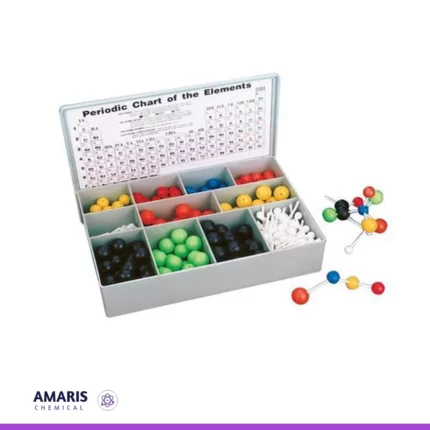
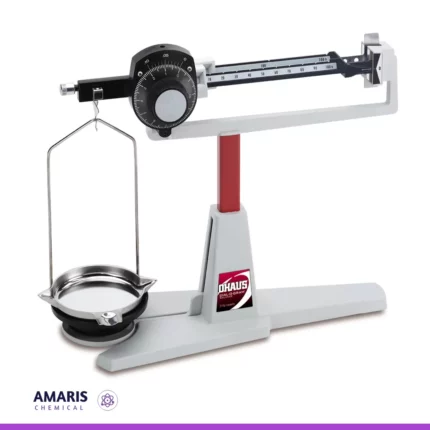


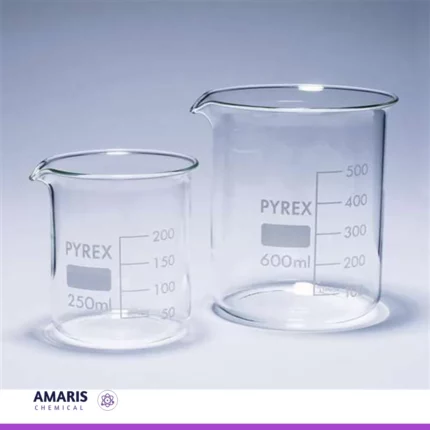
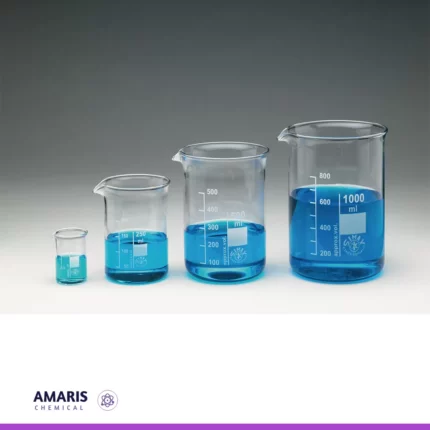
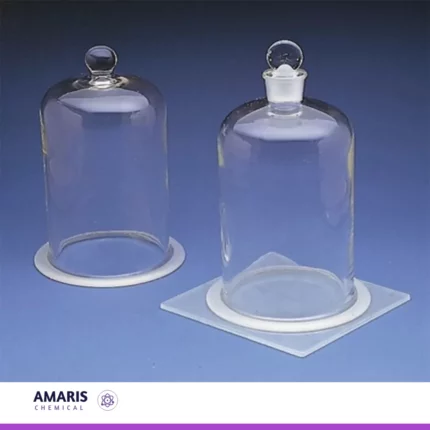














Reviews
There are no reviews yet.